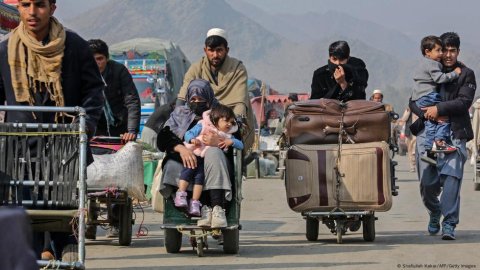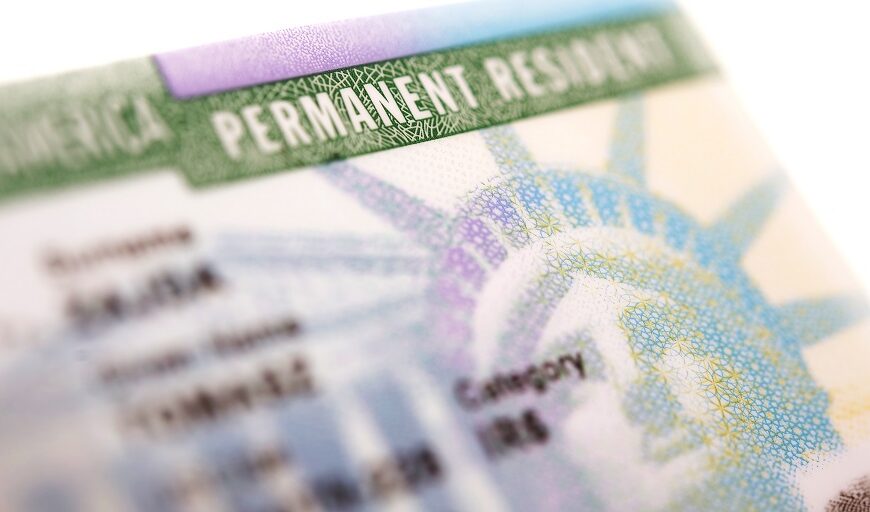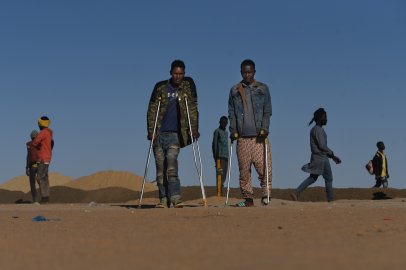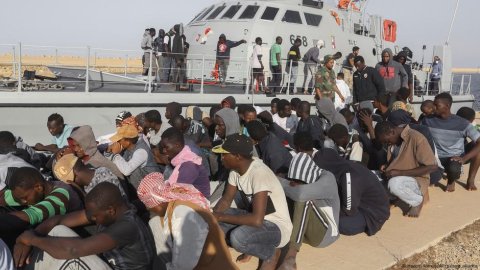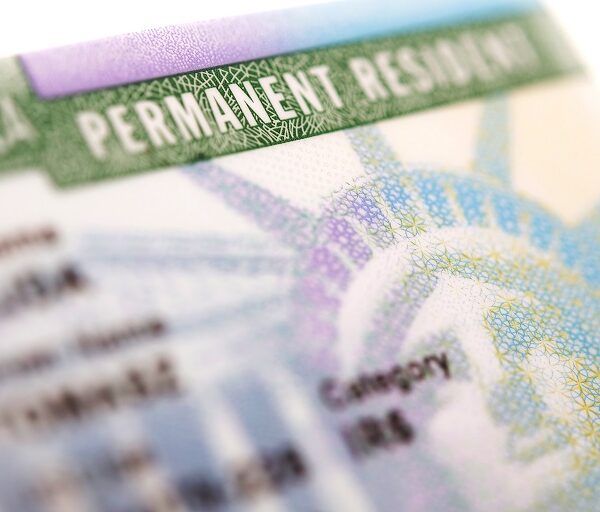Understanding the Context of Pakistan’s Migrant Crackdown
In recent months, Pakistan has found itself at the center of a significant humanitarian and political crisis, as the nation has initiated a crackdown on Afghan migrants. This situation has escalated tensions within the region, raising concerns among international human rights organizations and neighboring countries. The expulsion of thousands of Afghans from Pakistan highlights not only the complex dynamics of migration but also the broader implications for regional stability and human rights.
The Background of Afghan Migration to Pakistan
Afghan migration to Pakistan is not a new phenomenon. Over the decades, various factors have driven Afghans to seek refuge in Pakistan, including:
Historically, Pakistan has been one of the largest hosts of Afghan refugees, accommodating millions since the late 1970s. However, the changing political landscape, particularly following the Taliban’s return to power in Afghanistan in 2021, has created new challenges and tensions regarding the status of these migrants.
The Current Crackdown: Key Developments
In recent months, the Pakistani government has ramped up efforts to address what it perceives as an increasing burden of undocumented Afghan migrants within its borders. This crackdown has led to the deportation of thousands of Afghans, many of whom have lived in Pakistan for years. The key developments in this crackdown include:
Human Rights Concerns and Reactions
The mass expulsion of Afghans from Pakistan has drawn sharp criticism from various human rights organizations. These groups argue that the actions of the Pakistani government violate international norms regarding the treatment of refugees and asylum seekers. The following concerns have emerged:
Violations of Refugee Rights
Afghan migrants face significant risks: Many of those expelled have fled violence in Afghanistan and are at risk of persecution upon their return. The international community has raised alarms about the potential for human rights violations against returning Afghans.
Impact on Vulnerable Populations
The crackdown disproportionately affects vulnerable groups, including women and children. Many families are being separated, and individuals are facing dire circumstances upon their return to Afghanistan. Humanitarian organizations are concerned about the availability of resources to support these populations.
The Regional Implications of the Crackdown
Pakistan’s actions have broader implications for regional stability. The mass expulsion of Afghans could exacerbate an already volatile situation in Afghanistan and may influence the dynamics of migration in South Asia. Key points to consider include:
Possible Solutions and Paths Forward
As the situation continues to unfold, it is essential to explore potential solutions that address the needs of Afghan migrants while considering Pakistan’s concerns. Some possible paths forward include:
Enhancing Legal Frameworks
Implementing regularization programs: Pakistan could benefit from creating pathways for undocumented Afghan migrants to gain legal status. This could alleviate some of the pressures associated with migration while ensuring that Afghans have access to essential services and protections.
International Cooperation
Strengthening partnerships: Collaboration with international organizations and other countries can help Pakistan manage the influx of Afghan migrants more effectively. This may include financial support, resettlement programs, and resources to assist vulnerable populations.
Promoting Dialogue and Understanding
Community engagement: Encouraging dialogue between local communities and Afghan migrants can help reduce tensions and foster a more inclusive environment. Initiatives that promote understanding and cooperation may contribute to stability and social cohesion.
Conclusion: A Call for Compassion and Action
The crackdown on Afghan migrants in Pakistan presents a complex challenge that requires a compassionate and informed response. The humanitarian implications of this situation cannot be overstated, as thousands of lives hang in the balance. It is crucial for both the Pakistani government and the international community to work together to find solutions that uphold human rights and promote stability in the region.
As we navigate this crisis, the need for empathy and understanding is more important than ever. By addressing the root causes of migration and fostering cooperation, it is possible to create a more just and equitable environment for all those affected.
